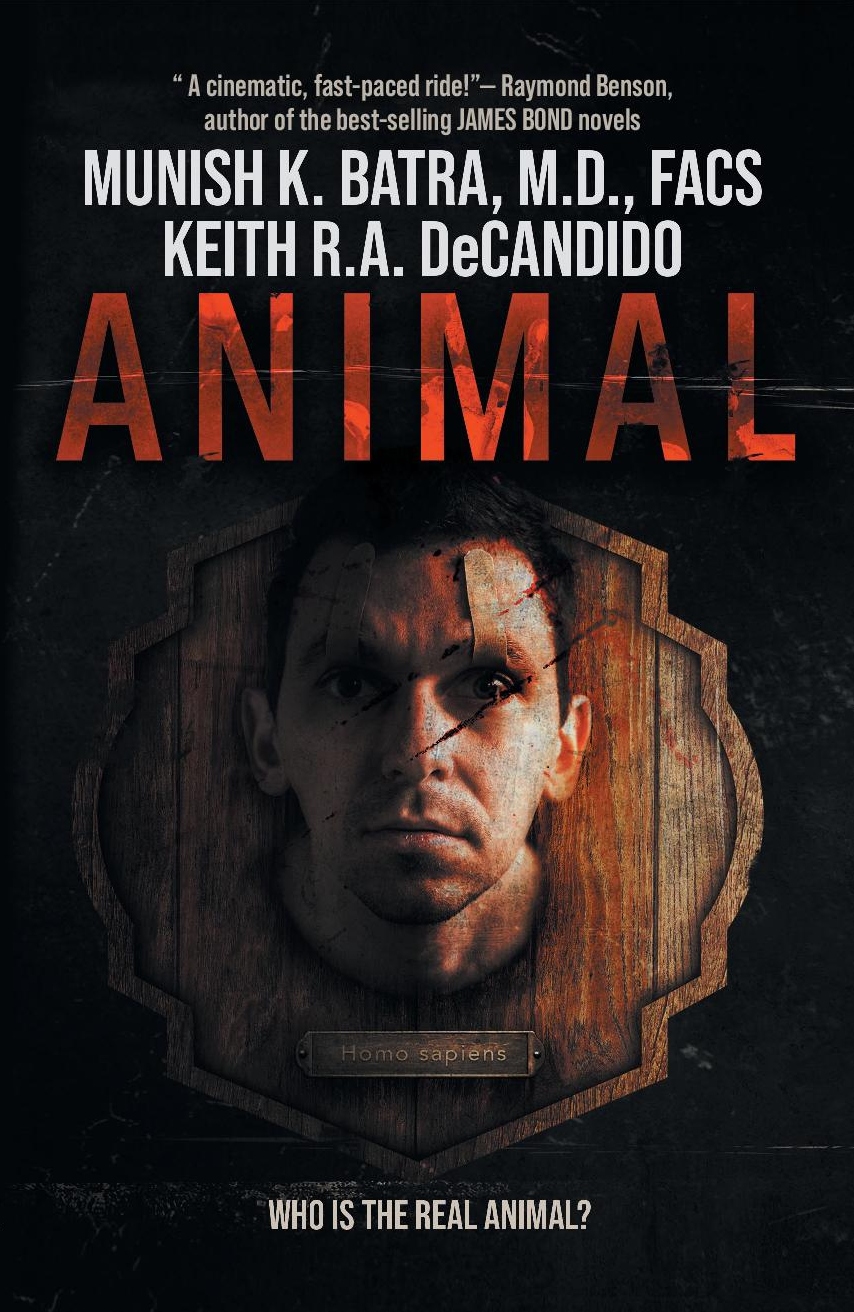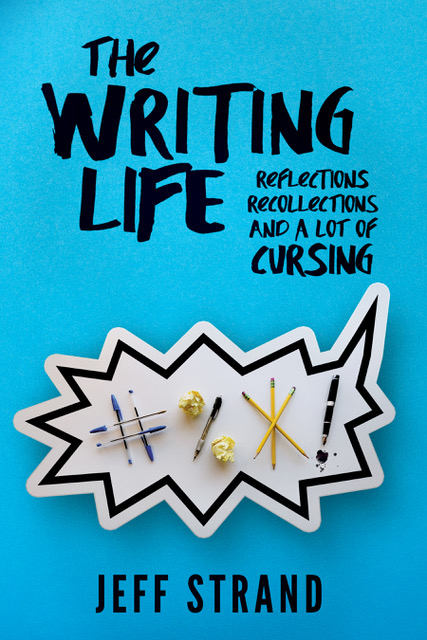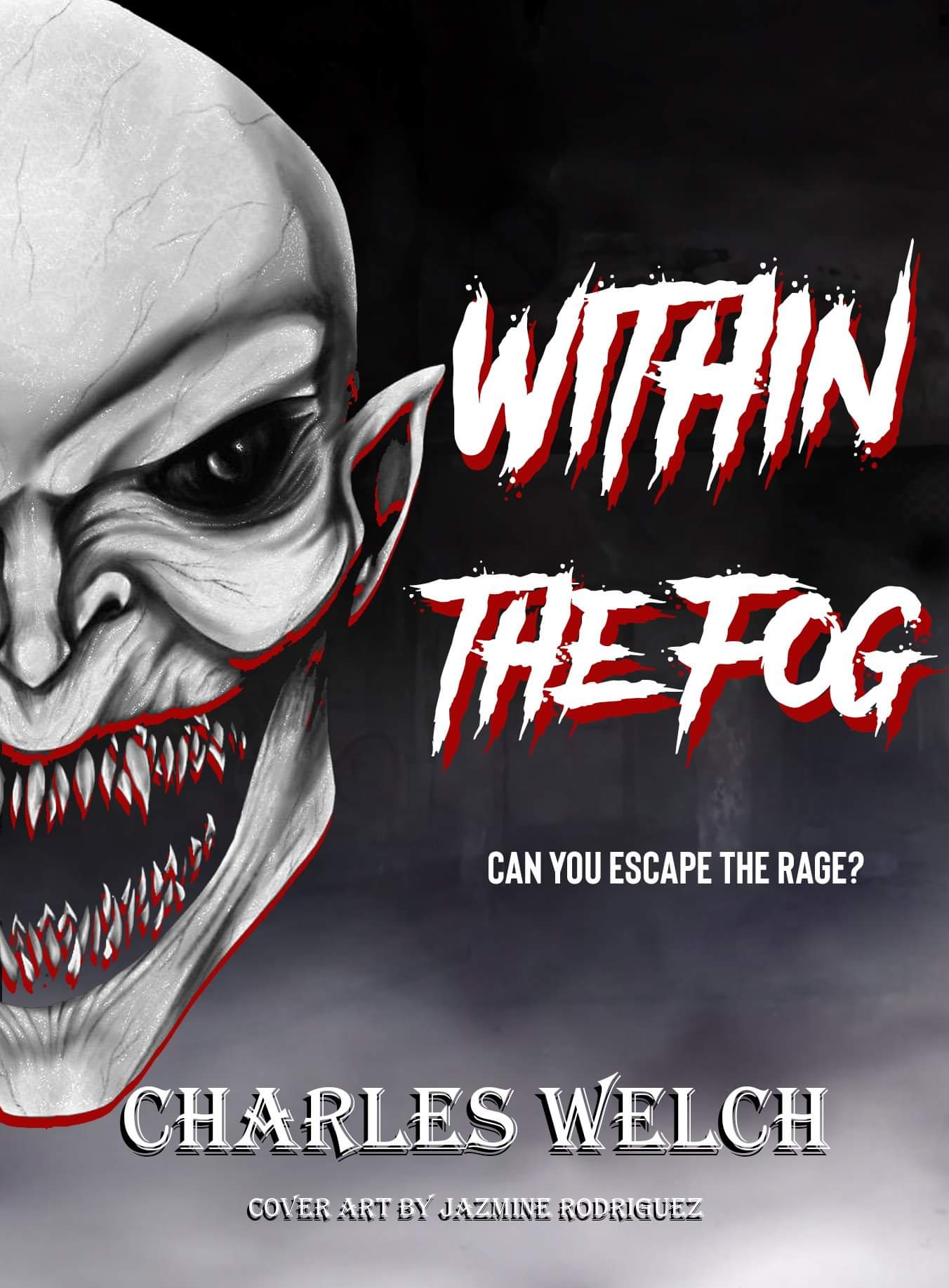This week on The Scariest Part, I’m delighted to host my good friend Douglas Wynne, whose latest novel is The Wind in My Heart. Here is the publisher’s description:
Miles Landry is trying to put violence behind him when he takes up work as a private detective focused on humdrum adultery cases. But when a Tibetan monk hires him to find a missing person, things get weird fast. Charged with tracking down the reincarnation of a man possessed by a demonic guardian from the Tibetan Book of the Dead, Miles is plunged into a world of fortune-tellers, gangsters, and tantric rituals.
The year is 1991 and a series of grisly murders has rocked New York City in the run up to a visit from the Dalai Lama. The police attribute the killings to Chinatown gang warfare. Miles — skeptical of the supernatural — is inclined to agree. But what if the monster he’s hunting is more than a myth?
And now, let’s hear what the scariest part was for Douglas Wynne:
By the time a book is released, it’s usually been a while since I wrote and revised it. My memory of the details can be a little foggy. With each round of edits and proof reader corrections the story feels farther away from the close up immersion I had in the early drafts. You tend to just zoom in on the corrections and areas for improvement an editor suggests and work through them. Then, when release time comes around, I scan through and pick a couple of passages to read at bookstore events (ah, remember bookstore events from the Before Times?) or these days on Zoom and hope I still like what I’m reading now that I have some distance from it.
But with every book I’ve written, it seems like there’s always one scene that stands out and lingers in my memory. A scene that doesn’t fade over the many months of the process. A scene that comes to mind first when I think of that book. Sometimes I can remember writing it. What music I was listening to at the time and how it felt to get lost in the story. Other times I might remember getting sucked in again while editing, like I’m reading someone else’s work, with even my constant inner critic holding his breath for a few minutes.
When I sat down to revisit The Wind in My Heart for this post, I knew which scene that was right away, and (as usual) I think it might be the scariest part. I have a lot of different goals as a fiction writer and they vary depending on the genre or project at hand. I’m often considered a horror writer, though I dabble in fantasy, crime, and sci-fi. But my one aim above all others is to build suspense, in small ways and large. Suspense about what a character might say next in a dialogue, about some intriguing bit of backstory only hinted at when it’s first mentioned, and ultimately about who lives and dies and how characters come out the other side of a book changed.
Then there’s the suspense of a man we’ve come to care about venturing down a dark hallway toward flickering candlelight, registering the mingled scents of spilled blood and incense in the cloying air, and wondering as he touches the grip of his gun if it will do him any good against what he’s about to confront.
That’s the scene that stayed with me. Miles Landry, a hardnosed private eye hunting down a reincarnated demon and beginning to wonder if there might actually be something to this weird case he took on for what he thought would be an easy payday from some superstitious Buddhist monks. The previous night, Miles visited a fortuneteller the monks sent him to, and after a cryptic I Ching reading she told him about the bad vibes she got off a peacock feather he retrieved from a murder victim. The feather is one of Miles’ only clues in a series of murders rocking Chinatown, so when he finds it missing from his coat pocket the next morning, he goes back to the fortunetelling parlor/herb shop of Lily Lao, thinking she might have pocketed it after pretending to be freaked out about it. Maybe people are playing games with him.
But what he finds in the candlelit backroom of the shop is no game.
I may have got my own hair up while writing that scene, but it wasn’t the only scary part of writing this novella. I was raised Catholic and have digested as much Catholic horror as anyone, but for the past twenty odd years my real spiritual affinity has been with Tibetan Buddhism. Those years of study armed me with the details and philosophy to write a supernatural thriller from a somewhat exotic point of view. But it’s one thing to write about stuff you don’t believe in and another to take on a spiritual system that’s close to your heart. Add to that the fear of misrepresenting a culture I wasn’t raised in and you have a recipe for trepidation.
The tantric Buddhist concept of gods and demons is different from the Western view, and it’s part of what I find fascinating and alluring in the Tibetan worldview. In a nutshell, it’s a more psychological model. There’s an explicit understanding that the deity of compassion or the wrathful demon protector is a potential of consciousness inherent in every human mind. Those potentials can be activated with a series of intensive practices under the guidance of a qualified teacher whose job is to make sure you don’t over identify with the possessing spirit and have a psychotic episode.
The villain in my story identified with Yamantaka, Lord of Death, and now embodies him as a reincarnated serial killer. I find hope in the Buddhist idea that we may all, with practice, learn to embody angels of compassion. But the flipside of the coin is never denied. We all carry wrathful demons in our psyches, too — forces that must be tamed and rehabilitated. And the right conditions can awaken them. Maybe that’s the scariest part.
The Wind in My Heart: Amazon / Barnes & Noble / Powell’s / Bookshop
Douglas Wynne: Website / Facebook / Twitter / Instagram / Goodreads / BookBub
Douglas Wynne is an author of horror thrillers, including The Devil of Echo Lake, Steel Breeze, and the SPECTRA Files trilogy. His short fiction has appeared in numerous anthologies and his writing workshops have been featured at genre conventions and schools throughout New England. He lives in Massachusetts with his wife and son and a houseful of animals.





